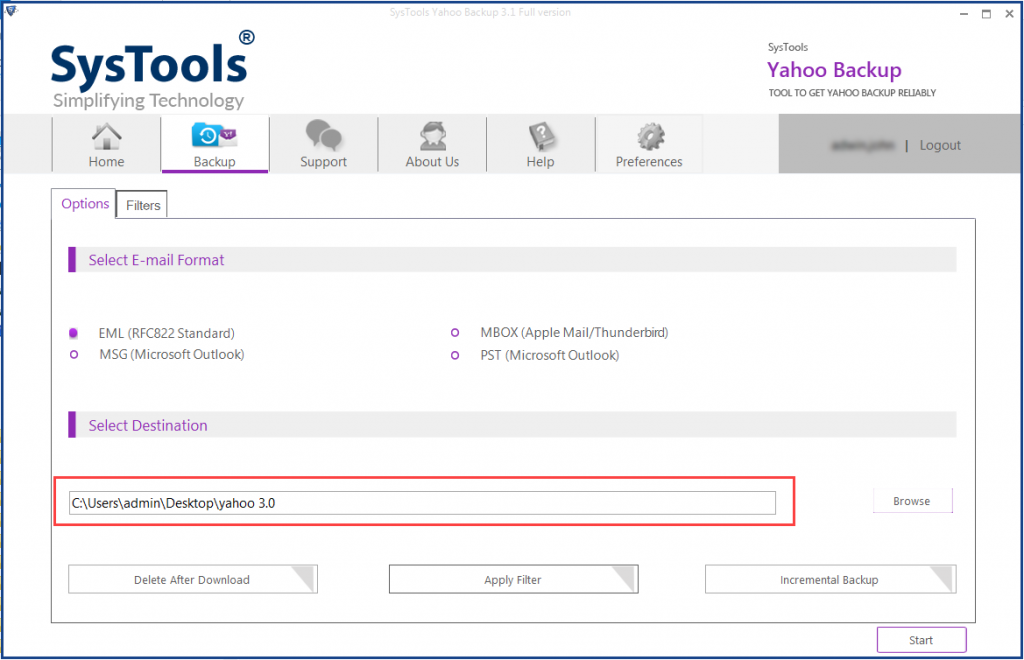

When you send an attachment via email, it is more likely to be caught by a spam filter and blocked. There is no standard, and without checking the file size before sending and then knowing the limitations on the recipient’s end, you may go through levels of frustration just trying to send an attachment.

Some businesses change the standard file size limitations to reduce the storage burden on their servers. Different providers set different limits for what can be sent and what can be received. If you send a file or multiple files that exceed the size allowed by the recipient’s email handler, you may get a notification that the email was rejected. When someone receives an email attachment, they will need to open the email, open the attachment, save it where appropriate, close the attachment, close the email and save the email in the appropriate folder. Attaching documents to email means the sender must open an email, compose the message, click on the attachment icon, locate the file, attach and send. Without additional organizational tools and procedures, sending or receiving attachments requires many steps. The least of these is a drain on personal productivity. Sending attachments via email is problematic for a host of reasons. Before you reflexively attach a document to an email, think about the intended use of the information and ask if there is a better way. Most law firms have several products designed to securely send documents, collaborate, review, and collect information. However, there are a lot of options for sending documents electronically that are far better than attachments. Every day you probably attach a document (or two) to an email, send it and move along.


 0 kommentar(er)
0 kommentar(er)
